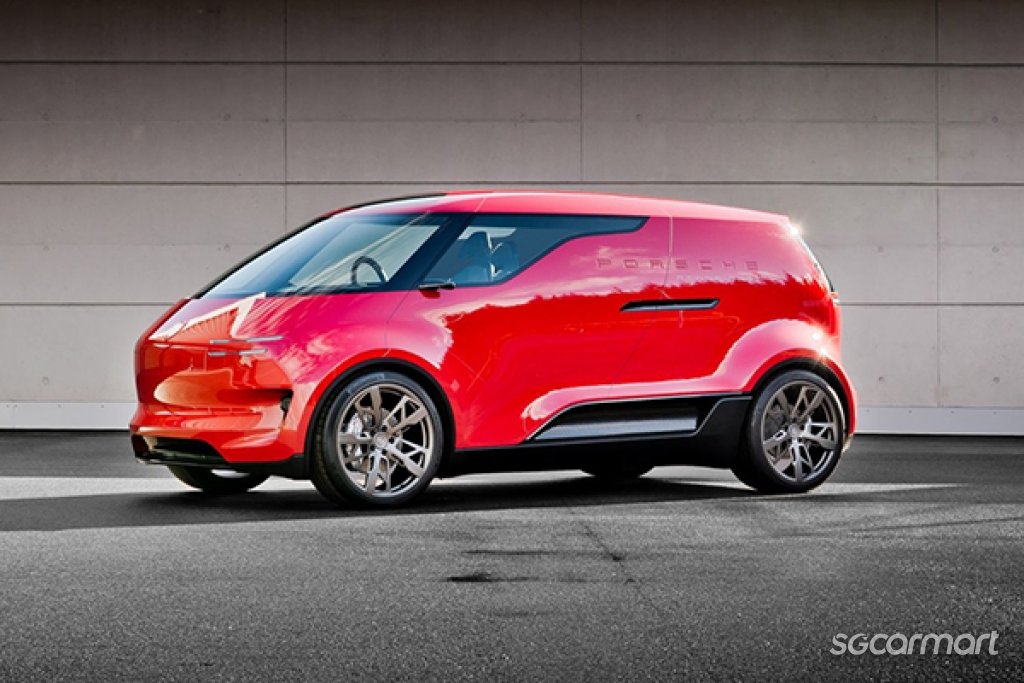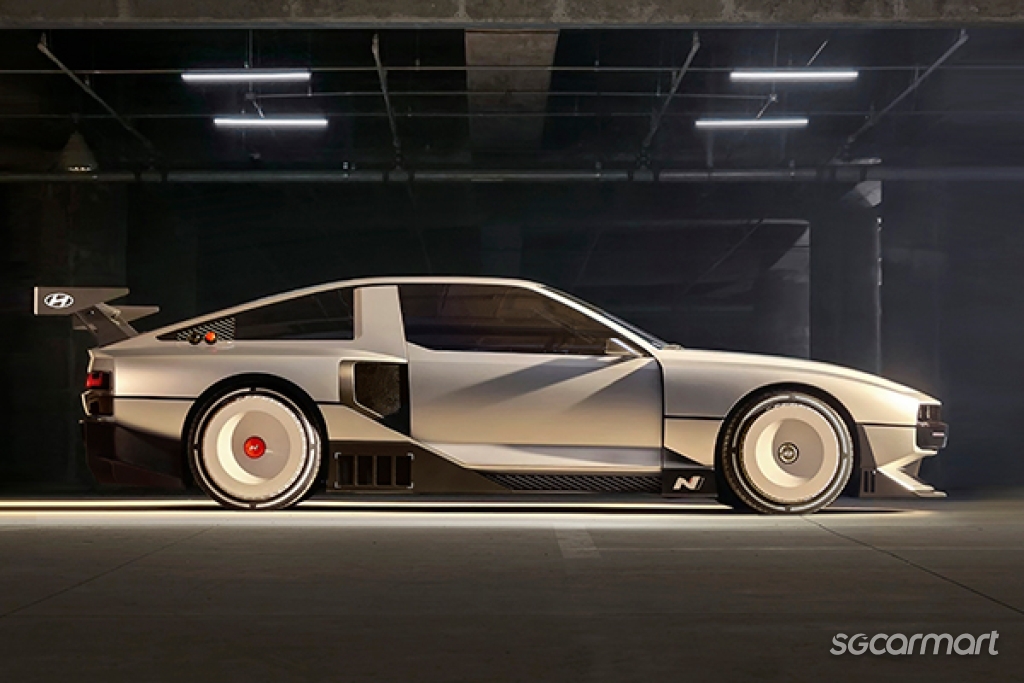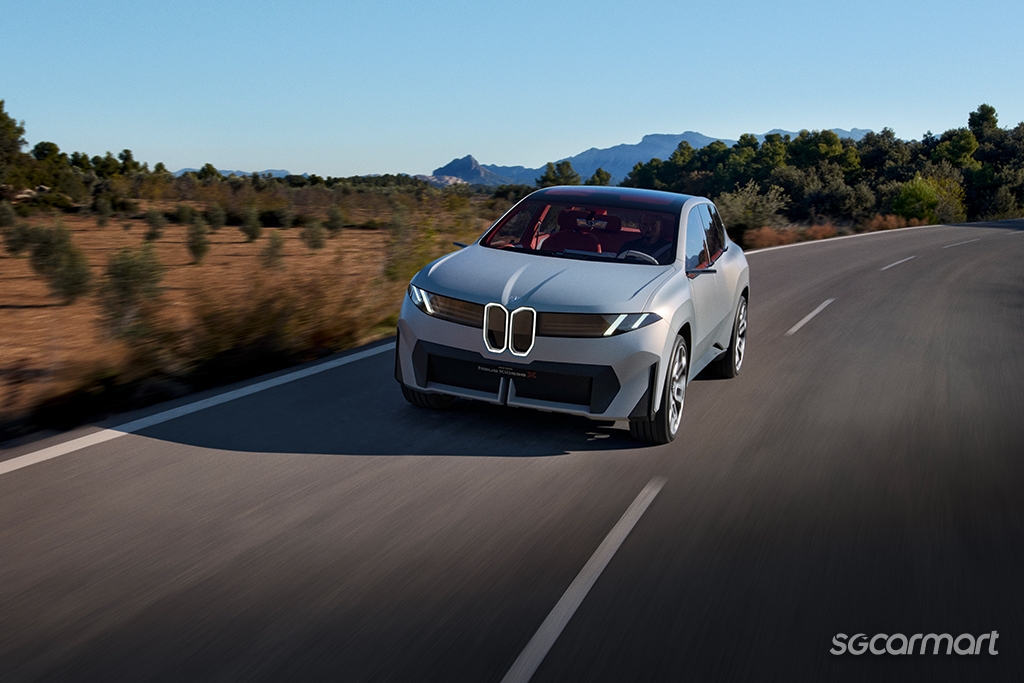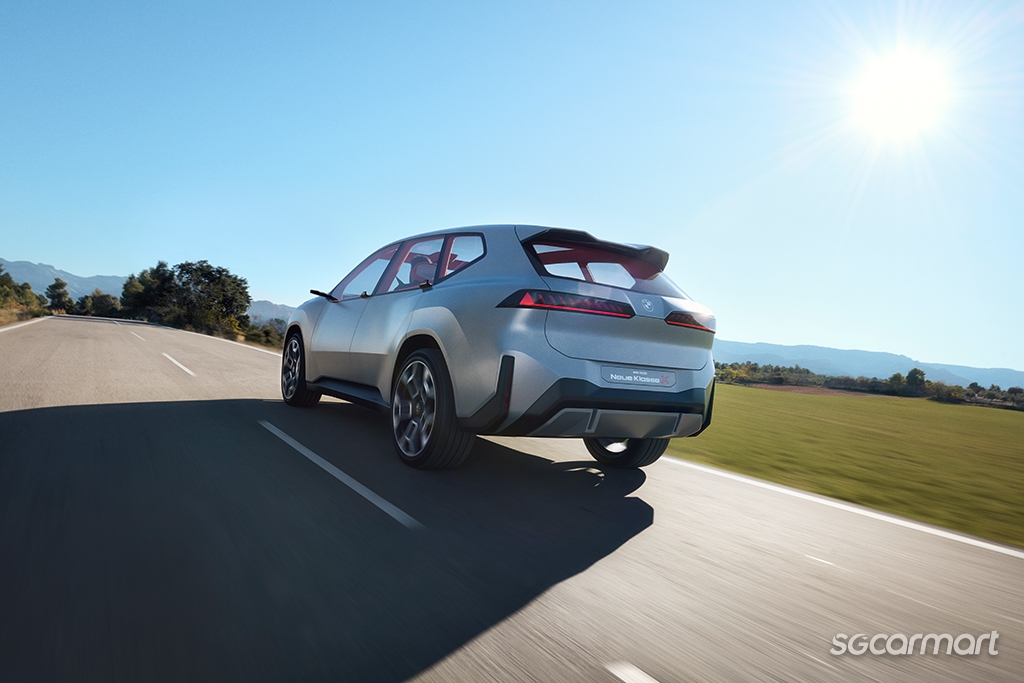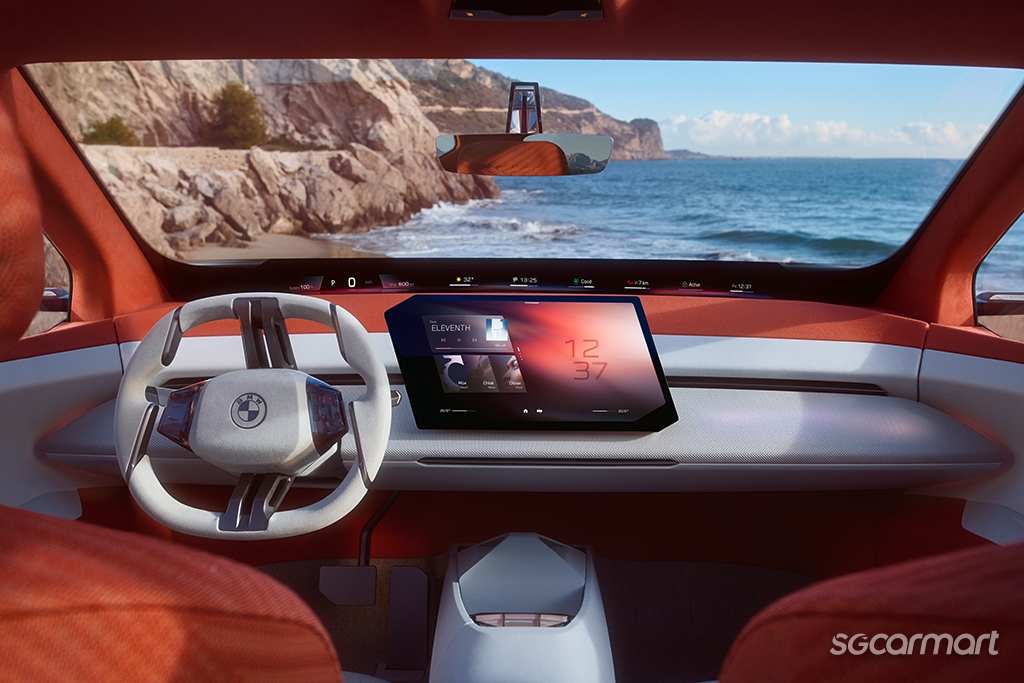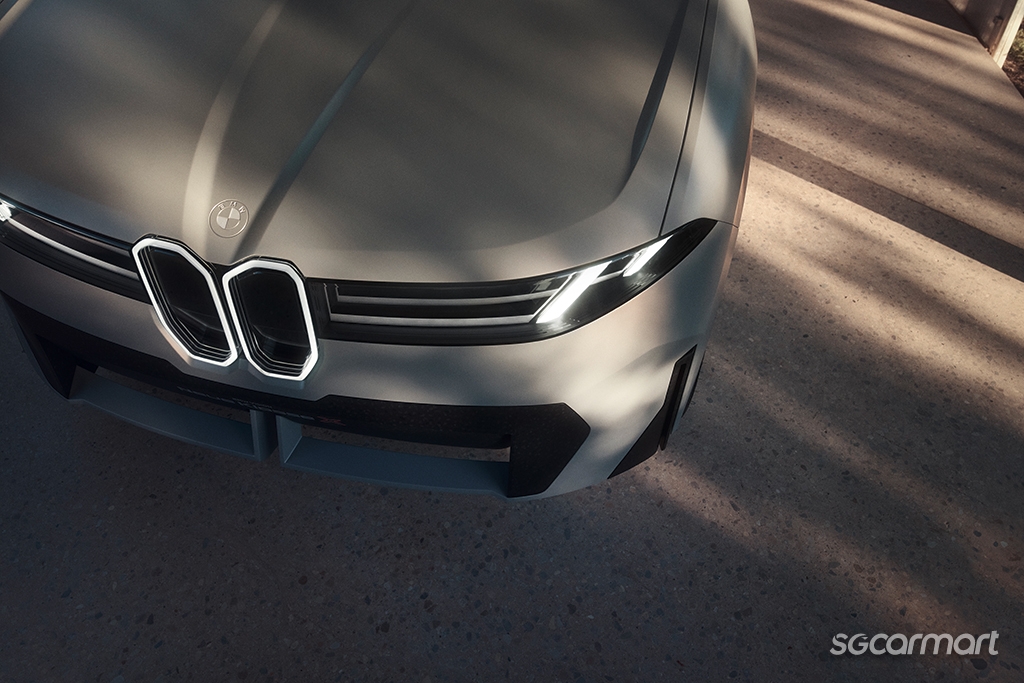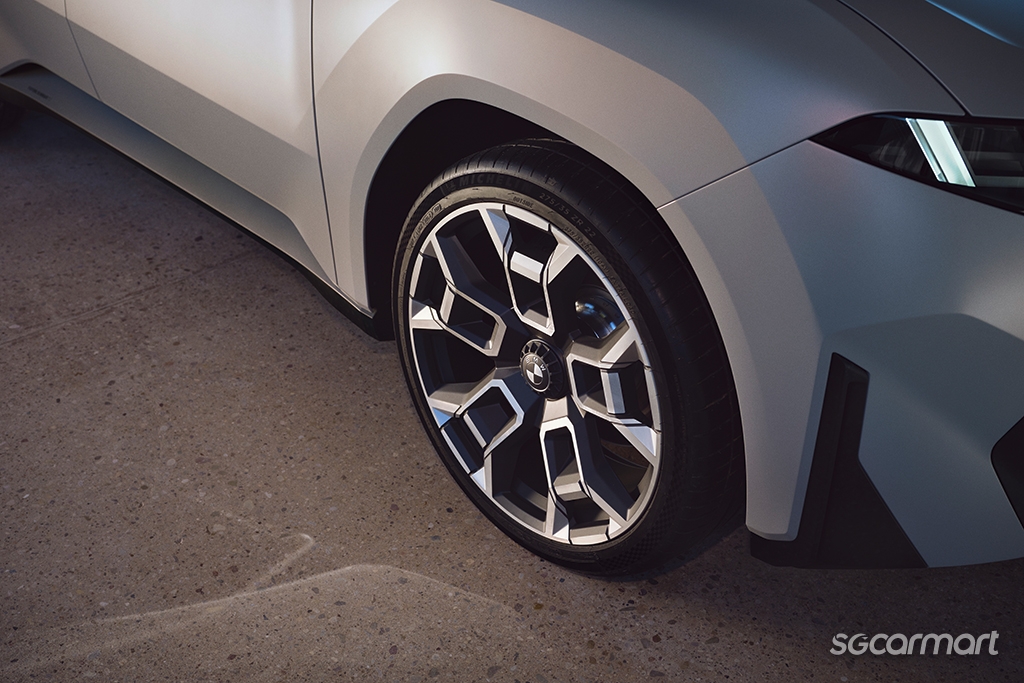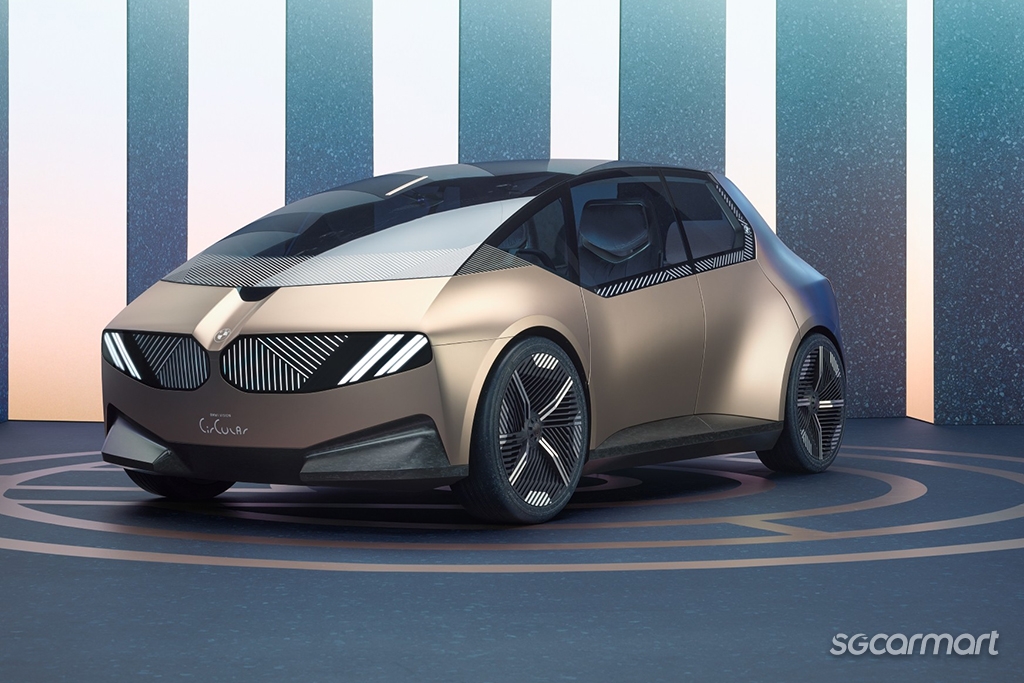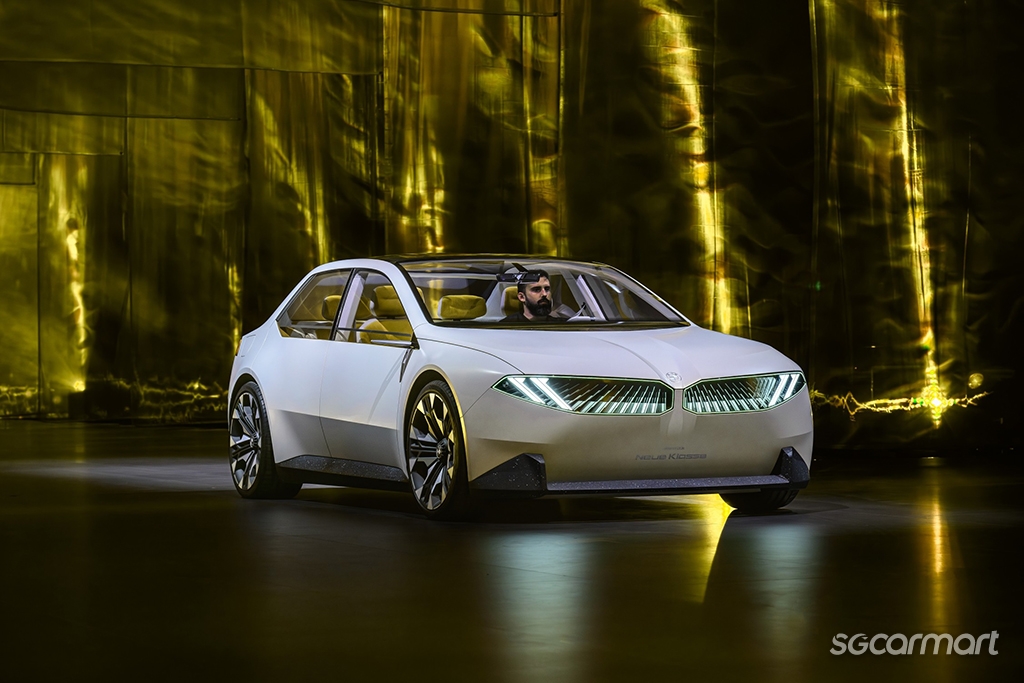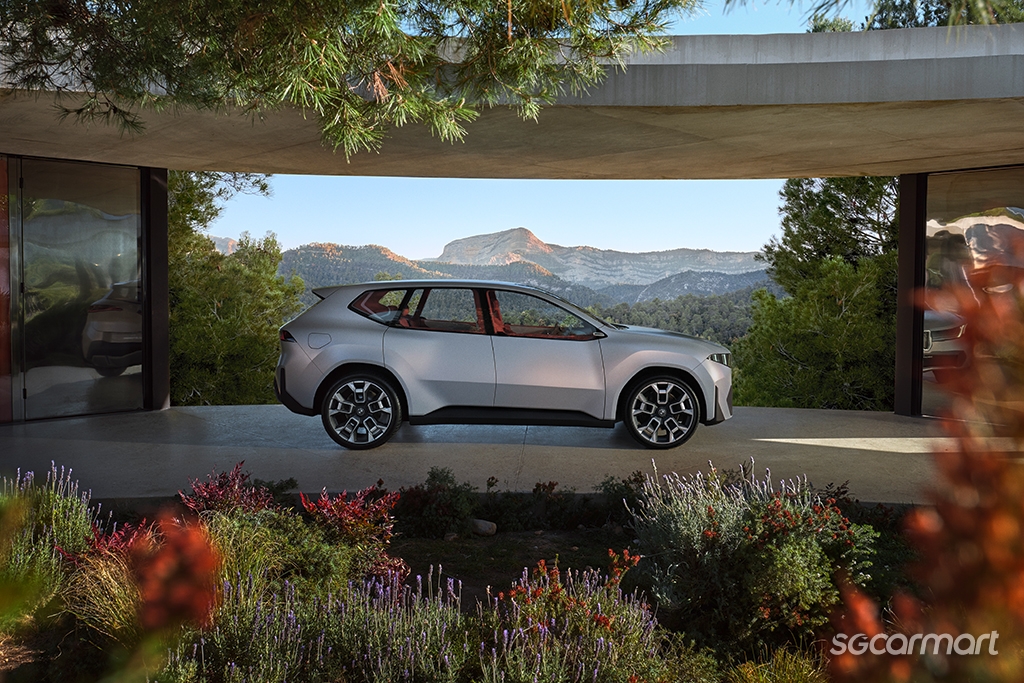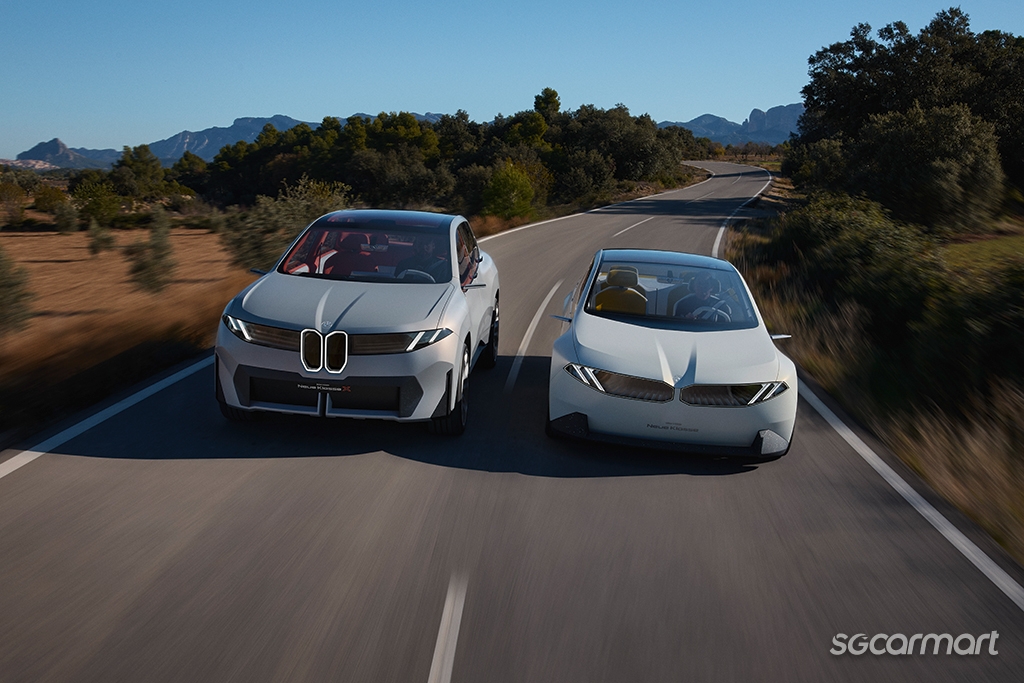When is a concept car no longer a concept?
21 Mar 2024|999 views
Let's talk concept cars.
Concept cars are fundamentally interesting because they first and foremost present new, bold ideas to the world.
Part of what makes them so fascinating is the fact that they are generally unbound by rules - unlimited by design traditions, manufacturing and safety requirements, and boardroom P&L obligations, it's typically an opportunity for brands to go a little bit crazy (in the best sort of ways).
The Porsche Vision Renndienst (left) and Hyundai N Vision 74 concept (right) are two examples of concept cars that push the boundaries of imagination
Which is how we get some wild concepts. Earlier this month, we saw the Porsche Vision Renndienst showcased in Singapore. We've also seen other attention-grabbing concepts recently like the Mazda Iconic SP, Hyundai N Vision 74 concept, Polestar roadster concept, and even Mercedes' Vision One-Eleven.
The reality, of course, is that many of these concepts are far removed from production (many typically never actually translate into a production model).
But, when is a concept no longer a concept anymore?
Meat and bones
Concept cars are not supposed to directly represent reality. They are designed to be aspirational, imaginative, prospective, and, well, conceptual.
The Vision Neue Klasse X is some of those things. The interior is a highly untraditional space that is more lounge than cabin. Instead of door handles, you instead get a tiny winglet that features a button on the inside. The steering wheel even has a fancy name: HYPERSONX WHEEL (yes, the bolding is BMW's, not a typo).
And, in some real, physical ways, the car remains conceptual. The rear hatchback cannot be opened. The extensive glass surfaces "flood the interior with natural light, creating an airy spaciousness" per the press release, but the physical shape and dimensions of the windows mean that they would not be able to wind down into the doors as currently shaped (I think).
But, in so many other ways, the Vision Neue Klasse X is representative of the production model that's to follow. And BMW was not shy about this fact. On multiple occasions during the preview, it was highlighted that the concept vehicle is "highly representative" of the upcoming all-electric X model set to begin production in 2025.
Many of the technological elements within the car, like the Panoramic Vision Display and new Central Display, are in fact going to be featured on the upcoming Neue Klasse models.
And while the exterior styling won't fully translate to production, there are elements that will. For example, the upright kidney grille will be the signature for all future X models. And, I wouldn't be surprised if the wheels you see here find themselves onto the production car.
The vertically-aligned kidney grille will be the signature for future X models, and don't be surprised if this wheel design you see here finds its way onto the actual production model
And then there's just the shape and size of the thing - BMW has yet to explicitly say it, but an educated guess and some basic visual measurements are all that's needed to understand that this is likely representative of the all-electric X3 replacement.
In that sense, the Vision Neue Klasse X feels more like an early pre-production model than a 'traditional' concept car.
Since the Neue Klasse was first announced in 2021, BMW has previewed the future with three total Vision vehicles: First with the i Vision Circular (left), and most recently with the Vision Neue Klasse (right)
From aspirational to real
It's worth considering how this particular concept came about, and the broader timeline that it exists within.
BMW has set a clear target of 2025 for its Neue Klasse vehicles - the next-generation vehicles built on a new all-electric architecture. Since the original announcement of this plan in 2021, there have been steady drips of information, as well as three Vision models being presented - each one steadily inching their way closer to production.
2025 is not far away - certainly not far away enough to imagine that BMW has not already begun the process of developing (and soon manufacturing) the first Neue Klasse model.
Where a concept would typically reach for a more distant future, the short and rapid timeline means that BMW's concept rollout is likely (and logically) in tandem with its own development phase on the eventual production models.
As a result, the Vision Neue Klasse X appears to be a culmination of all those ideas and development, and that's why it feels so tangibly 'real'. When it was first unveiled and then when I had a chance to get inside of it, the main thought going through my head was: "Hm, this feels not too far from a finished product." It admittedly doesn't wow and sparkle compared to even something like BMW's Vision Next 100, but it is crucial in helping us understand the key steps that the brand is taking into its own future.
It's also telling, of course, that the first product from the new generation of vehicles that will be introduced will be in the form of an SUV. Beyond the undeniable reality of the sheer popularity among buyers, SUVs also deliver obvious benefits in the electric age. The higher ride height and larger body size provides more optionality for battery storage, while the increased interior dimensions afforded by an electric architecture and SUV shell is an expanded canvas on which to paint new interior ideas.
This is not unique to BMW, of course. Across the likes of Audi, Kia, and Toyota (to name just a few), SUV-shaped concepts are becoming more commonplace.
Template for tomorrow
Of course, this is not the ultimate form that the future X models will take. Beyond actual technical specifications and the engineering that goes into that, there's still all the boring business of making the car road-worthy - fitting seatbelts, creating crumple zones, passing safety tests, installing speakers and carpets, all the things that wrests a model from concept to showroom floor.
But it is worth thinking about this not simply just as a concept, but a template. With modularity a key part of manufacturing processes, the Vision Neue Klasse X shows us a template for the future of BMW SUVs. There will certainly be smaller and larger models to come (in the very same way the current X model lineup extend to seven models), but the fundamental ideas that underpin them will be shared - electrification, obviously, but also a focus on sharper technology, increased functionality, and heightened experiences.
Let's talk concept cars.
Concept cars are fundamentally interesting because they first and foremost present new, bold ideas to the world.
Part of what makes them so fascinating is the fact that they are generally unbound by rules - unlimited by design traditions, manufacturing and safety requirements, and boardroom P&L obligations, it's typically an opportunity for brands to go a little bit crazy (in the best sort of ways).
The Porsche Vision Renndienst (left) and Hyundai N Vision 74 concept (right) are two examples of concept cars that push the boundaries of imagination
Which is how we get some wild concepts. Earlier this month, we saw the Porsche Vision Renndienst showcased in Singapore. We've also seen other attention-grabbing concepts recently like the Mazda Iconic SP, Hyundai N Vision 74 concept, Polestar roadster concept, and even Mercedes' Vision One-Eleven.
The reality, of course, is that many of these concepts are far removed from production (many typically never actually translate into a production model).
But, when is a concept no longer a concept anymore?
Meat and bones
Concept cars are not supposed to directly represent reality. They are designed to be aspirational, imaginative, prospective, and, well, conceptual.
The Vision Neue Klasse X is some of those things. The interior is a highly untraditional space that is more lounge than cabin. Instead of door handles, you instead get a tiny winglet that features a button on the inside. The steering wheel even has a fancy name: HYPERSONX WHEEL (yes, the bolding is BMW's, not a typo).
And, in some real, physical ways, the car remains conceptual. The rear hatchback cannot be opened. The extensive glass surfaces "flood the interior with natural light, creating an airy spaciousness" per the press release, but the physical shape and dimensions of the windows mean that they would not be able to wind down into the doors as currently shaped (I think).
But, in so many other ways, the Vision Neue Klasse X is representative of the production model that's to follow. And BMW was not shy about this fact. On multiple occasions during the preview, it was highlighted that the concept vehicle is "highly representative" of the upcoming all-electric X model set to begin production in 2025.
Many of the technological elements within the car, like the Panoramic Vision Display and new Central Display, are in fact going to be featured on the upcoming Neue Klasse models.
And while the exterior styling won't fully translate to production, there are elements that will. For example, the upright kidney grille will be the signature for all future X models. And, I wouldn't be surprised if the wheels you see here find themselves onto the production car.
The vertically-aligned kidney grille will be the signature for future X models, and don't be surprised if this wheel design you see here finds its way onto the actual production model
And then there's just the shape and size of the thing - BMW has yet to explicitly say it, but an educated guess and some basic visual measurements are all that's needed to understand that this is likely representative of the all-electric X3 replacement.
In that sense, the Vision Neue Klasse X feels more like an early pre-production model than a 'traditional' concept car.
Since the Neue Klasse was first announced in 2021, BMW has previewed the future with three total Vision vehicles: First with the i Vision Circular (left), and most recently with the Vision Neue Klasse (right)
From aspirational to real
It's worth considering how this particular concept came about, and the broader timeline that it exists within.
BMW has set a clear target of 2025 for its Neue Klasse vehicles - the next-generation vehicles built on a new all-electric architecture. Since the original announcement of this plan in 2021, there have been steady drips of information, as well as three Vision models being presented - each one steadily inching their way closer to production.
2025 is not far away - certainly not far away enough to imagine that BMW has not already begun the process of developing (and soon manufacturing) the first Neue Klasse model.
Where a concept would typically reach for a more distant future, the short and rapid timeline means that BMW's concept rollout is likely (and logically) in tandem with its own development phase on the eventual production models.
As a result, the Vision Neue Klasse X appears to be a culmination of all those ideas and development, and that's why it feels so tangibly 'real'. When it was first unveiled and then when I had a chance to get inside of it, the main thought going through my head was: "Hm, this feels not too far from a finished product." It admittedly doesn't wow and sparkle compared to even something like BMW's Vision Next 100, but it is crucial in helping us understand the key steps that the brand is taking into its own future.
It's also telling, of course, that the first product from the new generation of vehicles that will be introduced will be in the form of an SUV. Beyond the undeniable reality of the sheer popularity among buyers, SUVs also deliver obvious benefits in the electric age. The higher ride height and larger body size provides more optionality for battery storage, while the increased interior dimensions afforded by an electric architecture and SUV shell is an expanded canvas on which to paint new interior ideas.
This is not unique to BMW, of course. Across the likes of Audi, Kia, and Toyota (to name just a few), SUV-shaped concepts are becoming more commonplace.
Template for tomorrow
Of course, this is not the ultimate form that the future X models will take. Beyond actual technical specifications and the engineering that goes into that, there's still all the boring business of making the car road-worthy - fitting seatbelts, creating crumple zones, passing safety tests, installing speakers and carpets, all the things that wrests a model from concept to showroom floor.
But it is worth thinking about this not simply just as a concept, but a template. With modularity a key part of manufacturing processes, the Vision Neue Klasse X shows us a template for the future of BMW SUVs. There will certainly be smaller and larger models to come (in the very same way the current X model lineup extend to seven models), but the fundamental ideas that underpin them will be shared - electrification, obviously, but also a focus on sharper technology, increased functionality, and heightened experiences.
Thank You For Your Subscription.












